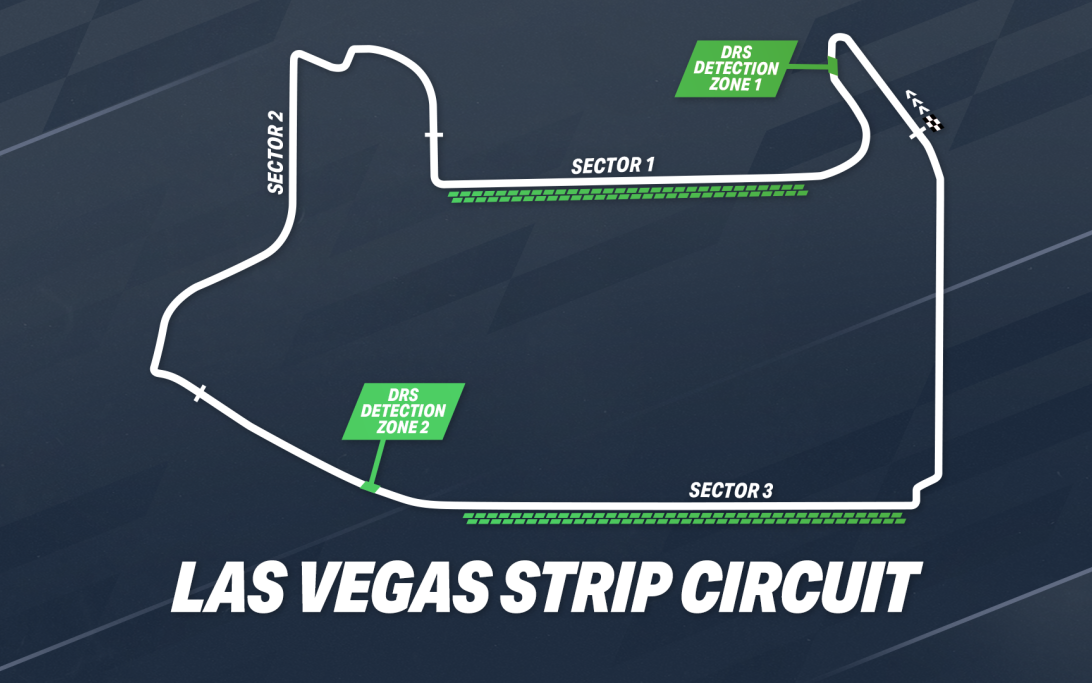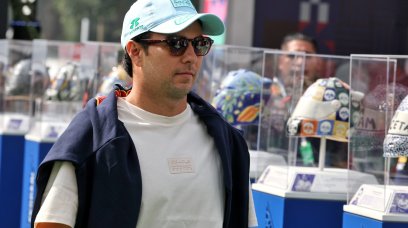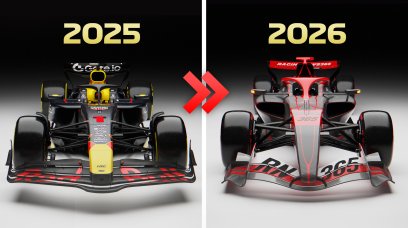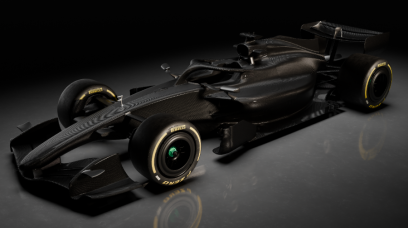Las Vegas Grand Prix map | Track layout analysis
Formula 1 is making a comeback in Las Vegas after a hiatus since 1982, and on this occasion it arrives at a brand-new track. Let's explore the unique features of this circuit in detail.
While Hermann Tilke has been the creative force behind various F1 circuits, such as the Red Bull Ring and the Circuit of the Americas (COTA), the design of the Las Vegas Strip Circuit is credited to his son, Carsten Tilke.
The construction expenses for this circuit are approximated at $500 million, with anticipated economic benefits for the city exceeding $1 billion.
A potentially dangerous pitlane exit
As Formula 1 prepares for the inaugural Las Vegas Grand Prix, fans on social media are expressing concerns over the pit lane exit design. The upcoming night race promises a spectacular setting with the iconic hotels and casinos illuminating The Strip, along with the new Sphere.
However, anticipation is accompanied by potential issues, specifically revolving around the design of the pit exit. The challenging Turn 1, a long left-hander that doubles back on itself, presents a unique situation as the exit directs cars to rejoin midway through the corner. This configuration raises questions over slower cars finding themselves on the racing line.
Las Vegas Grand Prix map information
- First Grand Prix: 2023
- Number of laps: 50
- Circuit Lenght: 6.201km
- Lap Record: N/A
- Race distance: 310.05km
The Las Vegas Grand Prix circuit ranks as the third-longest track in Formula 1, following Spa and Jeddah. Additionally, the track has a very long straight of 1.77km.
Tyre temperature will be a big factor at the Las Vegas Grand Prix
Anticipated challenges regarding tyre temperature are expected to play a significant role in the upcoming Las Vegas Grand Prix. The low temperatures are likely to result in reduced traction on the track. As well as that, the relatively long straight section of the circuit poses an additional challenge as it may cause the tyres to cool down rapidly, requiring faster laps to maintain optimal temperature.
Don't miss out on any of the Formula 1 action thanks to this handy 2026 F1 calendar that can be easily loaded into your smartphone or PC.
Download the calenderMost read
In this article









Join the conversation!